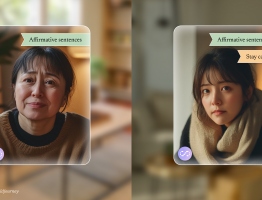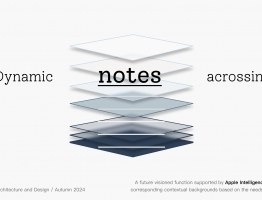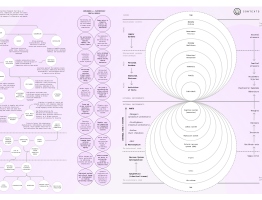Diplomprosjekt
Vår 2020
Institutt for urbanisme og landskap
DESIGN QUESTION:
How can this landscape be reorganized to promote opportunities for connection?
How can this landscape be reorganized to promote opportunities for connection?
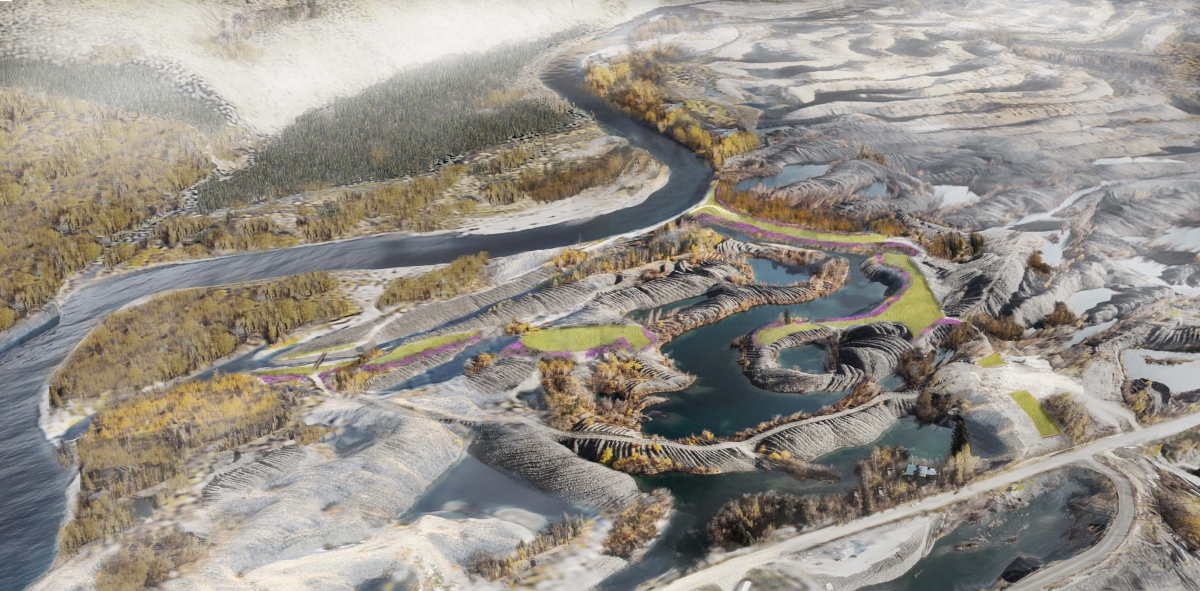
Just outside of Dawson City in Canada’s Yukon Territory, is landscape of shock and wonder for the unprepared observer – The Klondike Dredge Fields. Created after the Klondike gold rush from 1896 to 1899, large mining companies began industrial dredging along the Klondike River between 1905-1966. With this came the creation of a new landscape, yet one produced at the expense of important riparian habitat, dramatically altered hydrology, and the disruption of cultural practices such as hunting and fishing for the indigenous population; the Tr’ondëk Hwëch’in.
Although time has begun to mend the scars left by the dredge cuts, Dawson has reached an age of complexity regarding the future of this landscape. To some, this “moonscape” presents an embarrassing example of environmental destruction and could be put to better practical use. To others, it is an important reminder of Dawson’s mining history and deserves to be protected. In either case, Dawson faces a difficult question: How can we move forward without forgetting about the past?
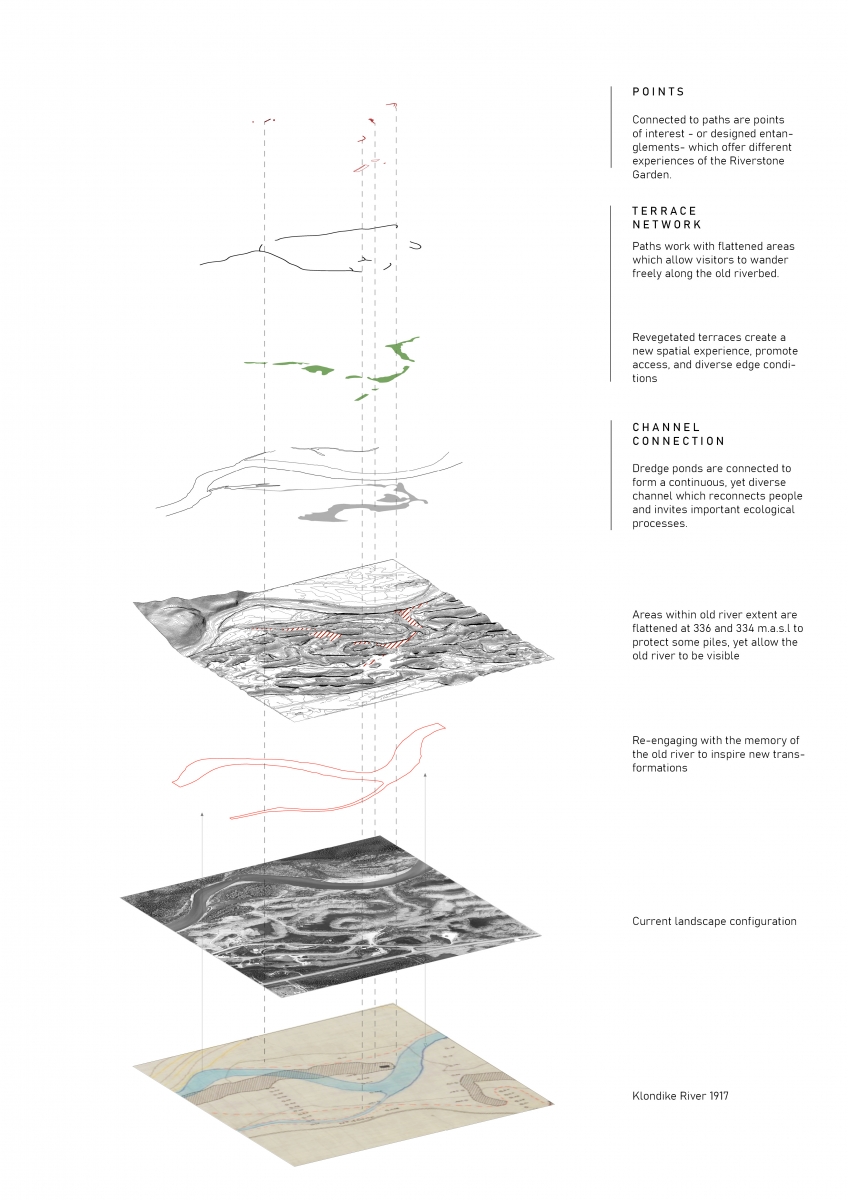
In a landscape layered with such rich history, meaning and processes, any project here must consider multiple narratives involving humans, non-humans, and time. To borrow from Donna Haraway’s writings on the Anthropocene, these dredge fields call for a sort of “mad gardener [to] make a much hotter compost for still possible pasts, presents and futures” (2016). Instead of trying to parse apart this complexity, perhaps the solution calls for even stronger entanglements.
Inspired by the act of wandering, the process of sorting and the cartographic method of trace mapping, The Riverstone Garden proposes a series of spatial interventions - or designed entanglements - which ask visitors to engage in a dialogue with this riverscape through direct, first-hand experience. Operating on multiple scales, this project fosters intimate relationships with non-human inhabitants and cycles of the natural world which can grow with Dawson into the future.
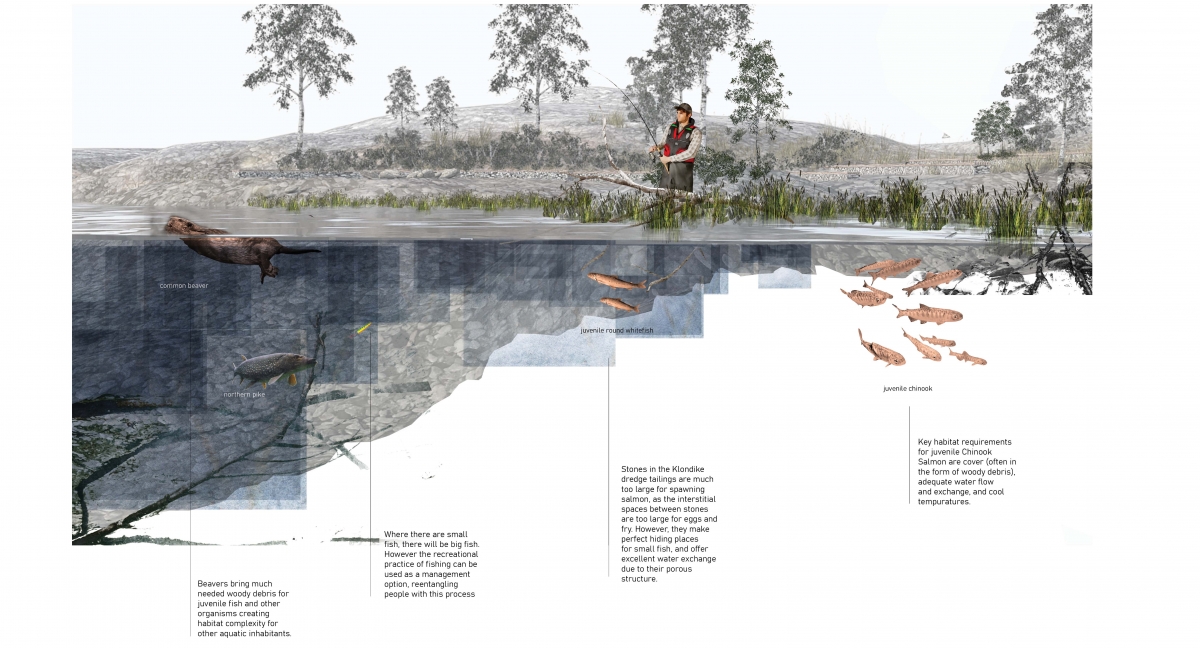

Aaron Feicht /aaron.feicht@icloud.com


